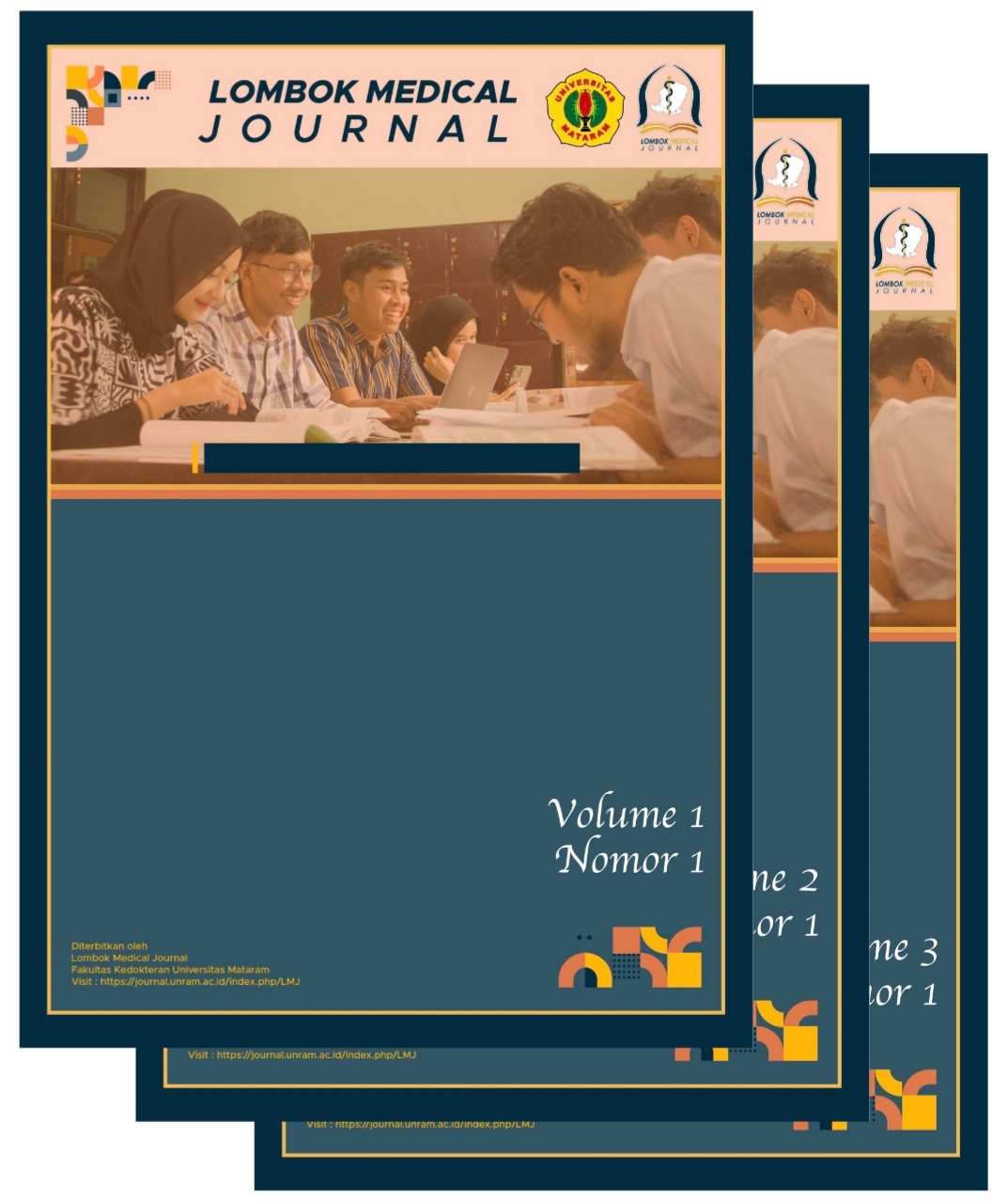Klasifikasi dan Faktor Risiko Ruptur Aneurisma Intrakranial; Sebuah Tinjauan Pustaka
DOI:
https://doi.org/10.29303/lmj.v4i3.7014Kata Kunci:
intracranial aneurysm, rupture, aSAH, risk factors, rebleeding, pathophysiologyAbstrak
Abstract: Intracranial aneurysms are cerebrovascular abnormalities resulting from structural weakness in the arterial wall, which may rupture and lead to aneurysmal subarachnoid hemorrhage (aSAH), a condition associated with high morbidity and mortality rates. The formation of aneurysms is a multifactorial process that culminates in degenerative changes within the vessel wall. Aneurysms are classified based on morphology (saccular, fusiform, dissecting), size (ranging from small to giant), and anatomical location. The mechanism underlying aneurysm rupture can be explained by the concept of wall shear stress (WSS) in cerebral vessels. Other critical risk factors for aneurysm rupture include aneurysm size and location. A thorough understanding of the classification and risk factors for aneurysm rupture is essential to improve preventive management strategies in clinical practice.























